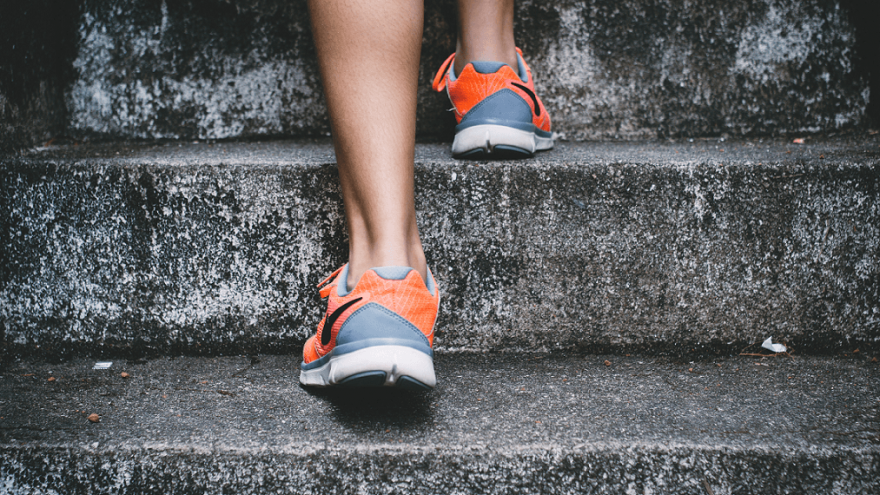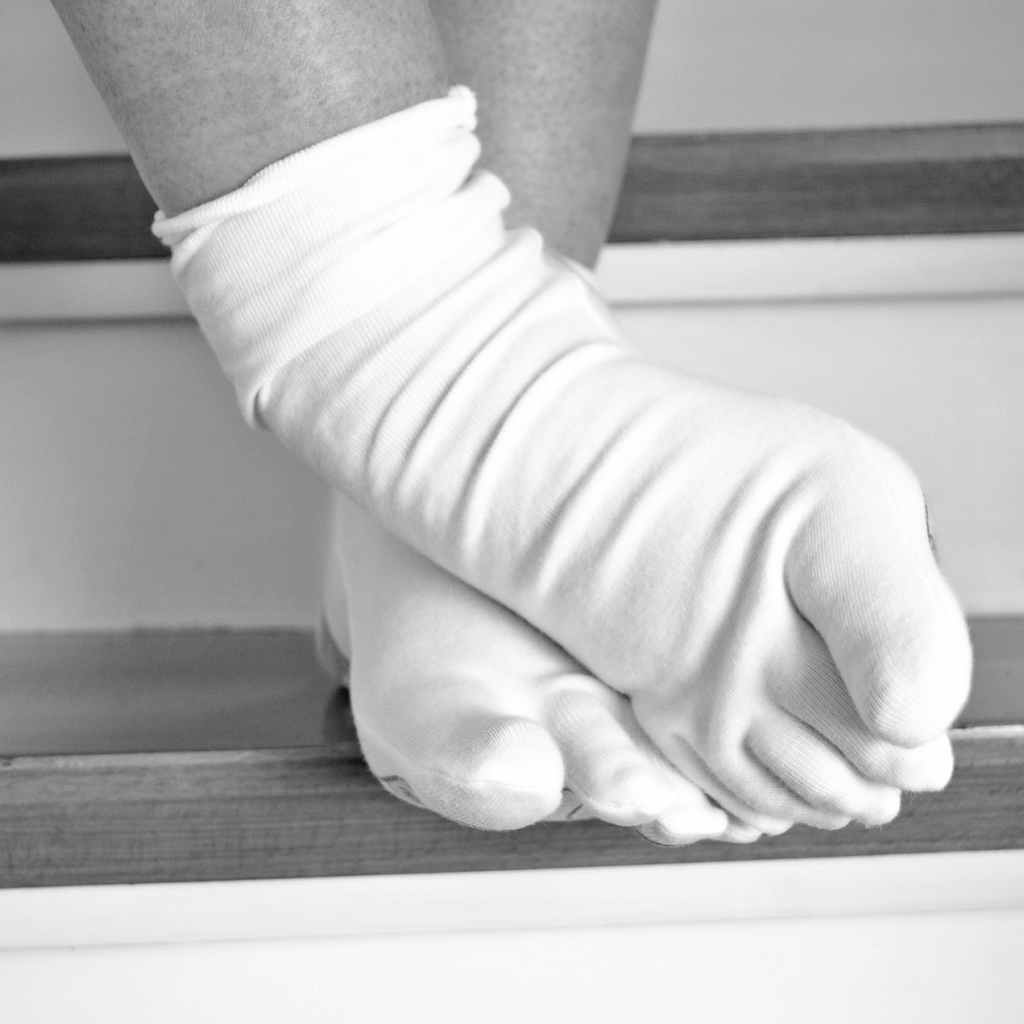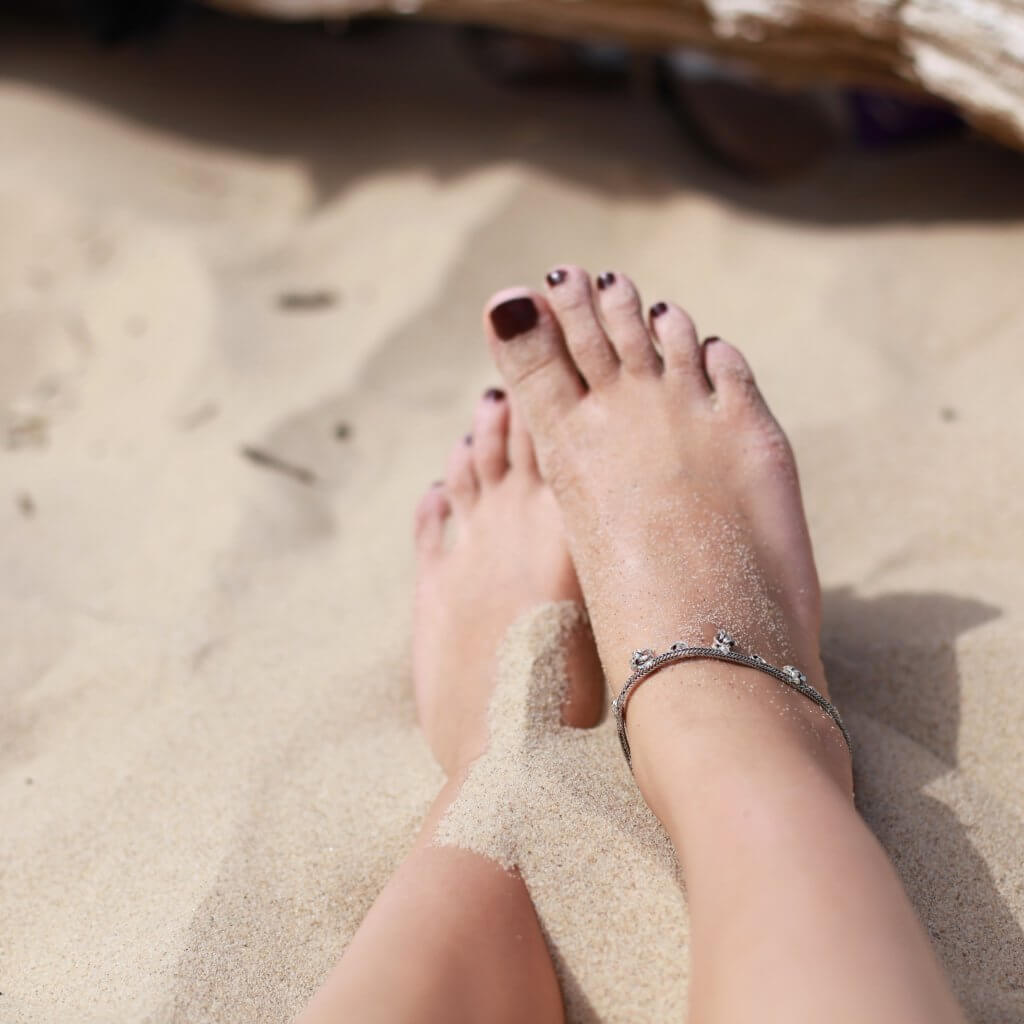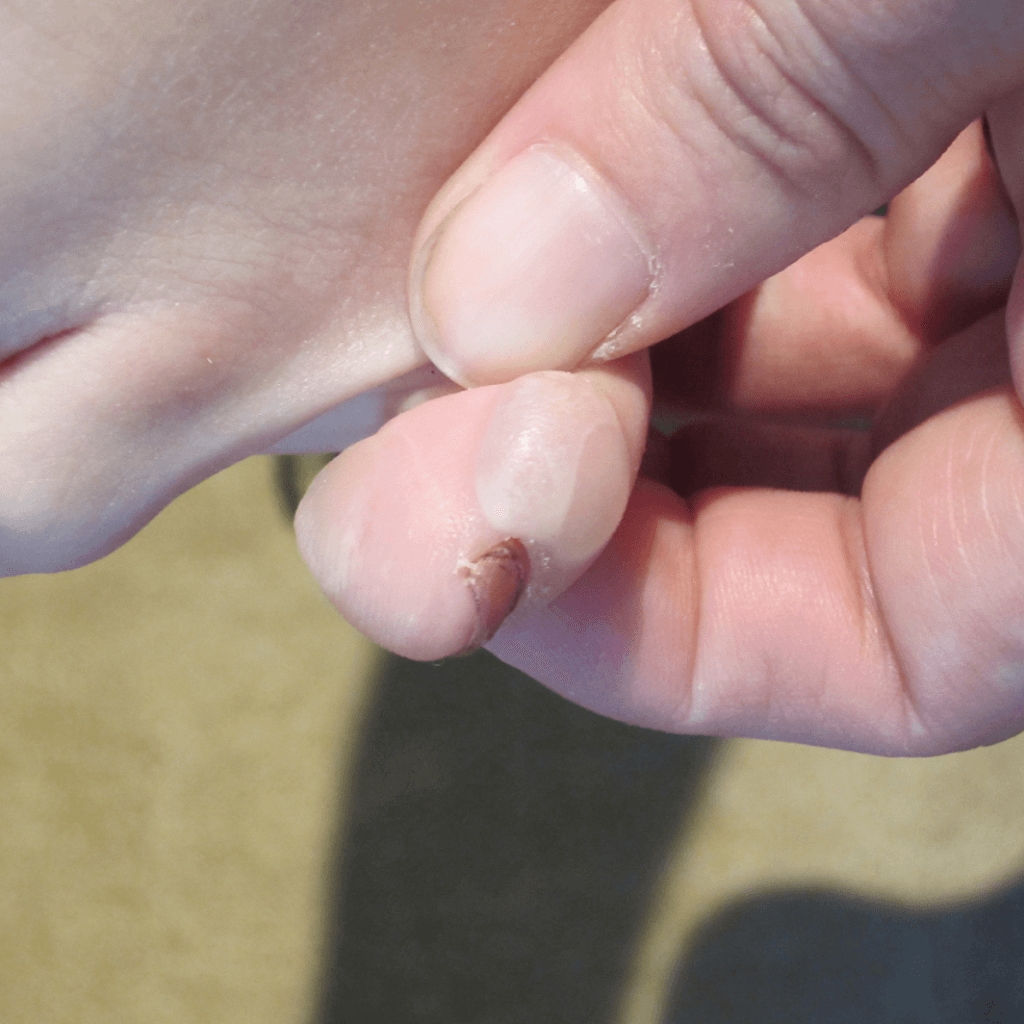The Dos and Don’ts of Foot Care for Runners

There’s no denying that spending hours each week training and racing can wreak havoc on your feet. Black toenails and blisters are just some of the foot issues that runners have to contend with on a regular basis. And, let’s face it: While some runners proudly flaunt these ‘battle scars’, its true aesthetic appeal is questionable.

So before your beaten-up trotters put your non-running friends and colleagues off running for good, have a look at this essential guide to foot care for runners. Not only does it contain info on the causes and treatment of two common running-related foot ailments, but it will also show you how to best prevent these issues too.
Black toenails
Causes
Black toenails are commonly experienced by marathoners and/or runners training at a high intensity. In this instance it is often caused by repetitive trauma, which, in turn, can be caused by the repetitive action of running, or by ill-fitting running shoes or socks. The top of a too-big running shoe may, for example, bang down onto the toenail with each stride, while a too-small shoe may cause toes to repeatedly slam into the nose of the shoe. So if a black toenail manifests after a particularly long or hard run, or after a run wearing ill-fitting running shoes or socks, this is likely the cause.
It’s also worth noting here that not all black toenails are caused by repetitive trauma. It may also be caused by the pooling of blood under the nail bed after a heavy object falls on the foot, a fungal infection, melanoma, or changes in skin tone over time, especially in dark skins. Some of these conditions require medical intervention and can even be life-threatening, so be sure to check with your doctor if unsure.
Treatment
Damage to toenails caused by repetitive trauma can range from mild to severe. In mild cases, i.e. small patches of painless black-and-blue discoloration under the toenail, no treatment is required. The discolored portion of the nail will simply grow out. And if the thought of sporting a single blue toenail during sandal season is too much to bear, there’s nothing that dark-colored nail polish can’t hide!

In severe cases, i.e. where bloody blisters form between the nail and nail plate, the toenail may partly or fully detach from the nail plate. If the nail fully detaches, simply wait patiently for a new nail to grow. But if the nail partially detaches, it is wise to have the nail trimmed or completely removed by a physician. The reason for this is that a new nail may start growing under the old one, and that repetitive trauma, such as running, may cause damage to the new nail as well.
A doctor should also be consulted if the flesh surrounding a black toenail shows signs of infection, i.e. redness, oozing or pain.
Prevention
The following tips may lessen your chances of getting a black toenail when running:
- Get properly-fitting running shoes and socks. Jeff Galloway recommends ensuring that there is at least half an inch of toe room available in the front of your shoe when standing. You might even need a bit more space in summer and if you’re prone to black toenails. Be sure, though, that the arch of the shoe still matches up with your foot arch. Also be sure to take the shoes for a test run before buying. You want to avoid feet that are sliding forward in your running shoes while running.
- Run during the cooler, earlier times of day. High temperatures can cause feet to swell, leading to more pressure and friction inside your shoes’ toe box.
- Increase the distance and intensity of your runs very gradually. Always stick to the 10% rule to give your feet time to adapt to new training distances.
Blisters
Causes
Blisters are basically the result of the outer layers of the skin rubbing against each other, separating, and then filling with fluid. This friction can be caused by a number of things, including:
- Ill-fitting running shoes
- Improper running socks
- Wet, sweaty feet
- Particles lodged in running shoes or socks
- Swollen feet as a result of heat
- Foot abnormalities, e.g. bunions and heel spurs
Read also about running shoes for heel pain.
Treatment
The general consensus is that smaller, pain-free blisters and blood blisters are best left alone. Simply cut a hole as big as the blister in a piece of moleskin, place the moleskin over the blister and cover with gauze. The blister should dry out and heal on its own.
For larger blisters, or blisters that interfere with movement, the best option might be to drain it. This should be done as follows:
- First of all, check for signs of infection. If the blister is infected, seek professional help.
- Properly wash your hands with soap and water.
- Sterilize a needle by swiping it with rubbing alcohol and a clean swab.
- Clean the blister with rubbing alcohol and a clean swab.
- Carefully puncture the blister near the side and drain the fluid by gently pushing with your clean fingers.
- Apply antibiotic ointment and cover the area with a tight bandage or gauze.
- Leave for two to three days, then open and re-apply ointment.
- Repeat until healed.

Note, however, that a blister that is located under a toenail is always best treated by a professional.
Prevention
The following actions may lessen your chances of getting a blister:
- Wear moisture-wicking socks. You want socks that wick moisture away from the skin, not retain it. Cotton is a definite no-no!
- Double up. If one pair of moisture-wicking socks doesn’t do the trick, some people swear by doubling up. This may lead to friction between the two layers of socks, instead of between the socks and your skin.
- Lube liberally. Lubrication forms a protective layer between your feet and running socks, which means less skin-to-sock friction.
- Wear proper fitting running shoes and socks. As mentioned above, there should always be at least half an inch of space between your toes and the tip of your shoes’ toe box. Bunched up socks can also lead to friction, so be sure to buy running socks that fit well.
- Try tapes and bandages. Soft, but secure tape or bandages on blister-prone spots may provide extra protection against friction.
General
And even if you’re lucky enough to have never sported a black toenail or blister, the following general foot care tips for runners will keep those tootsies happy, mile after mile:
- Invest time, effort (and money!) in finding the right running shoes and socks for your feet.
- Keep the skin on your feet supple and soft by moisturizing it on a regular basis. Cracked heels can be a runner’s worst nightmare!
- Keep your feet fresh and dry to prevent fungal infections like Athlete’s Foot.
- Keep your toenails trimmed and clean. Long toenails create extra pressure in the shoe’s toe box, plus it can cut into neighboring toes.
- Choose non-running shoes carefully. Hobbling around on 8-inch heels the day after a long run may not be the wisest decision.
- And lastly, give your feet a welcome break by stretching them out and releasing built-up tension. Go for a professional foot massage every once in a while, use a self-massage tool, or bribe your partner, if you must!
Sources
- , 5 Causes of black toenails - and how to ID the harmless from the harmful, Online publication
- , Black toenail, Online publication
- , The runner's guide to prevent and treat blisters, Online publication
- , Blisters, Online publication
- , 8 Ways to take care of runner's feet, Online publication
Latest Articles
 Is It OK to Use Trail Running Shoes on the Road?While trail running shoes can be used on roads, especially in situations where a runner encounters mixed terrains or pref...
Is It OK to Use Trail Running Shoes on the Road?While trail running shoes can be used on roads, especially in situations where a runner encounters mixed terrains or pref... Is Running on a Treadmill Easier Than Running Outside?Runners have their own preferences, whether it is treadmill running, running outside on the road, or exploring trails. So...
Is Running on a Treadmill Easier Than Running Outside?Runners have their own preferences, whether it is treadmill running, running outside on the road, or exploring trails. So... How to Fix Sore Quads After Running?Rest, ice, gentle stretching, and over-the-counter pain relievers can help soothe sore quads after running. Also, ensure ...
How to Fix Sore Quads After Running?Rest, ice, gentle stretching, and over-the-counter pain relievers can help soothe sore quads after running. Also, ensure ... 10 Fruits With The Most Electrolytes to Replace Sports DrinksThese fruits are high in electrolytes such as potassium, magnesium, and calcium, essential for hydration, muscle function...
10 Fruits With The Most Electrolytes to Replace Sports DrinksThese fruits are high in electrolytes such as potassium, magnesium, and calcium, essential for hydration, muscle function...

